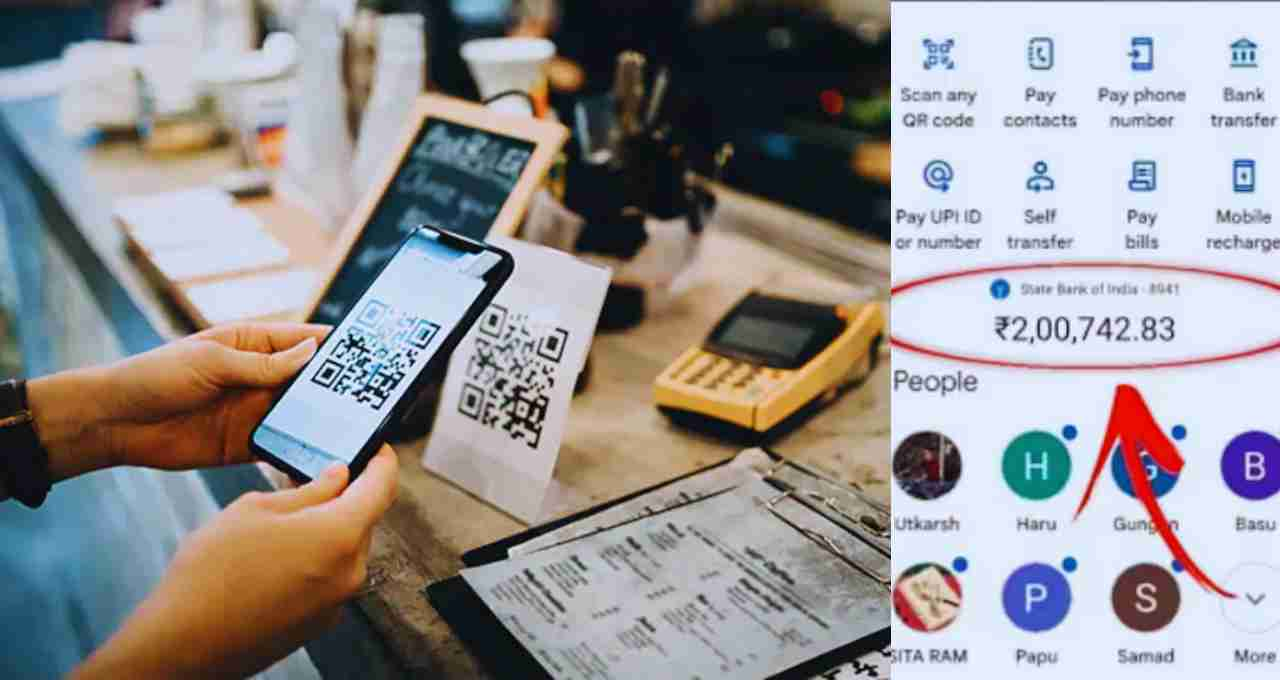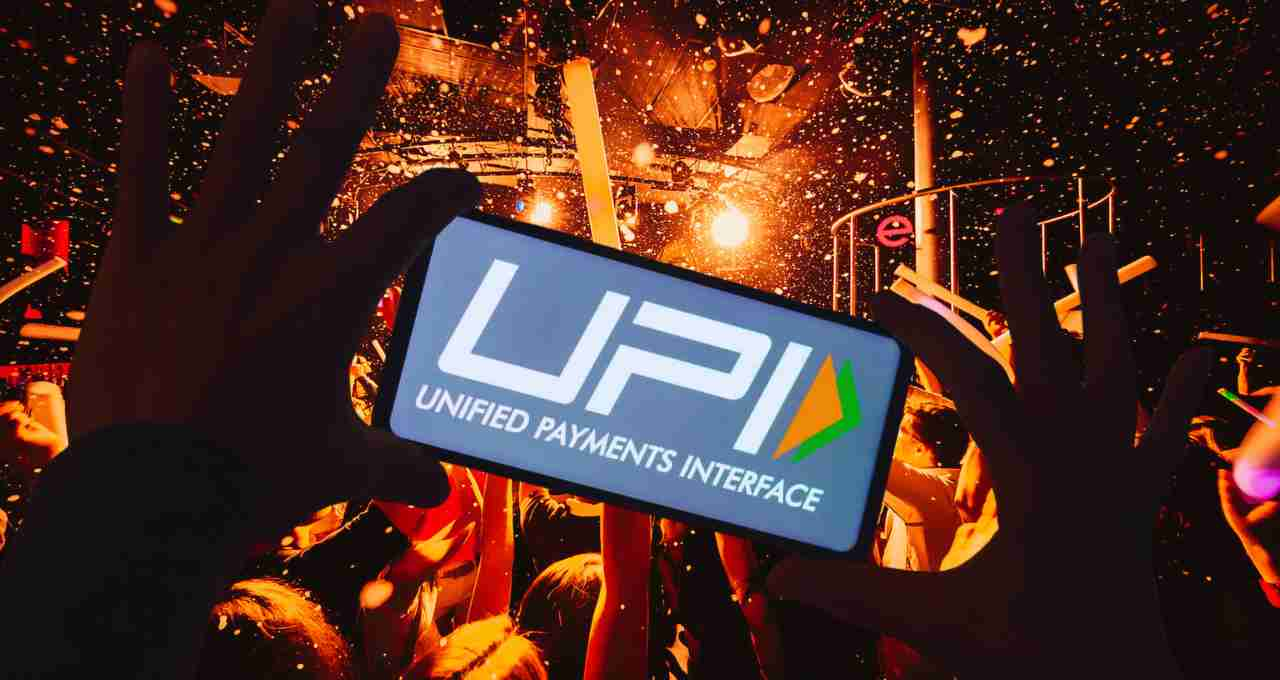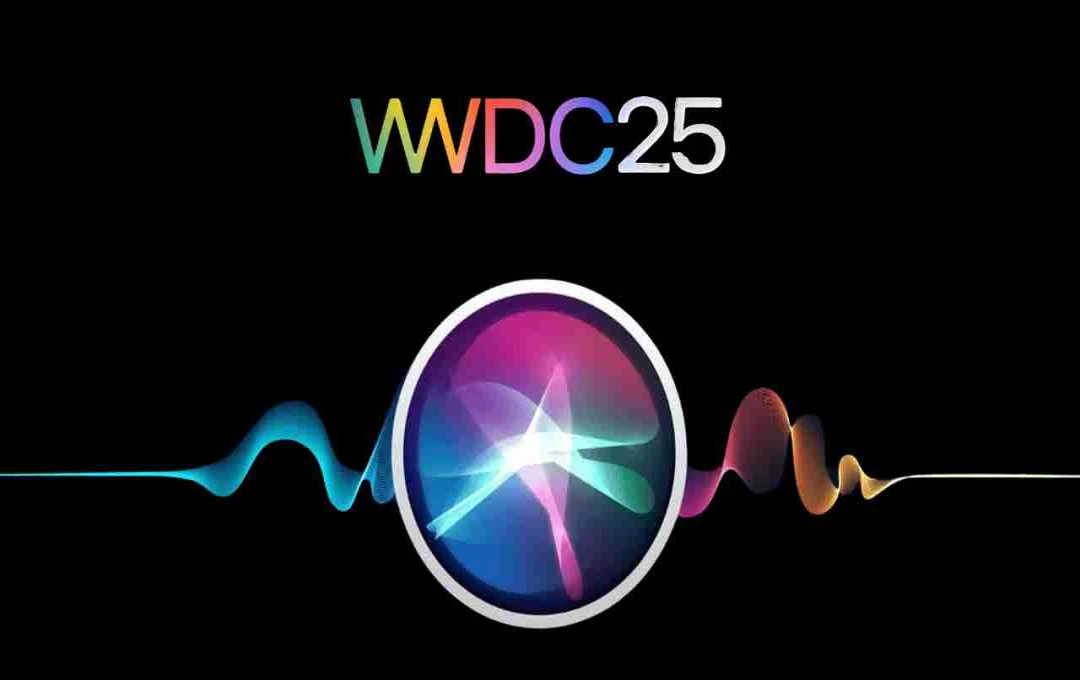The Unified Payments Interface (UPI), India's most popular digital payment method, is undergoing significant changes. The National Payments Corporation of India (NPCI) has issued a new circular announcing the implementation of several key regulations on the UPI network starting August 1, 2025. These new guidelines aim to control the increasing load on the system, limit frequent API requests, and enhance the security and efficiency of autopay mandates.
NPCI's move is in response to the rising demand for digital transactions in India and recent instances of UPI network outages. Let's examine the details of these new regulations and their impact on ordinary users.
First-Time Control on API Usage
According to NPCI's circular, banks and Payment Service Providers (PSPs) will need to implement controls on the ten most frequently used APIs, including balance inquiry, autopay mandates, and transaction status checks. Excessive use of these APIs puts undue strain on the system, increasing the risk of network downtime.
From August 1st, each app must ensure that a user can only make a maximum of 50 balance inquiries per day. Furthermore, all these requests must be initiated by the user and not by the system itself.
Restrictions on Automatic Requests During Peak Hours

NPCI has defined 'peak hours' for the first time in UPI – 10:00 AM to 1:00 PM and 5:00 PM to 9:30 PM. During these times, any system-initiated API request (such as automatic balance updates or auto-refresh) will not be permitted.
This will significantly impact apps that continuously update user balances or transaction statuses in the background. NPCI believes that such requests contribute significantly to UPI traffic and place an unnecessary load on the network.
Stricter Regulations for Autopay Mandates
PSPs will now have to operate within certain limitations when processing autopay mandates. Only one attempt is allowed for each autopay transaction, with a maximum of three retries. Furthermore, this processing must occur outside peak hours and be moderated based on Transactions Per Second (TPS).
This change will require companies offering services like EMIs, subscription fees, or auto-debit to adjust their strategies.
Balance Display After Every Transaction

NPCI has also instructed banks to display the user's current account balance after every successful financial transaction. This will provide customers with immediate information about their account status, eliminating the need for separate balance inquiries and reducing API load.
Penalties for Non-Compliance
NPCI has clarified that action will be taken against any PSP or bank that fails to comply with these guidelines. This may include API restrictions, fines, suspension of new customer onboarding, or other punitive measures.
Additionally, all PSPs must submit an undertaking to NPCI by August 31, 2025, ensuring their system-initiated APIs are queued and rate-limited.
Impact on Consumers

These changes may initially seem inconvenient for regular UPI users, especially those who frequently check their balance. However, in the long run, this will make the system more stable, secure, and reliable.
Users will now need to be mindful of the balance inquiry limit on their apps. Exceeding the 50-request limit may result in the inability to check balances for the remainder of the day. They should also be aware of the possibility of auto-transaction failures during peak hours.
Essential Updates for App Developers and Banks
NPCI has made it clear that app developers and PSPs must upgrade their systems to comply with this new framework. Apps need to incorporate alerts and features that notify users when limits are exceeded. They must also monitor their server load and maintain appropriate API velocity.














